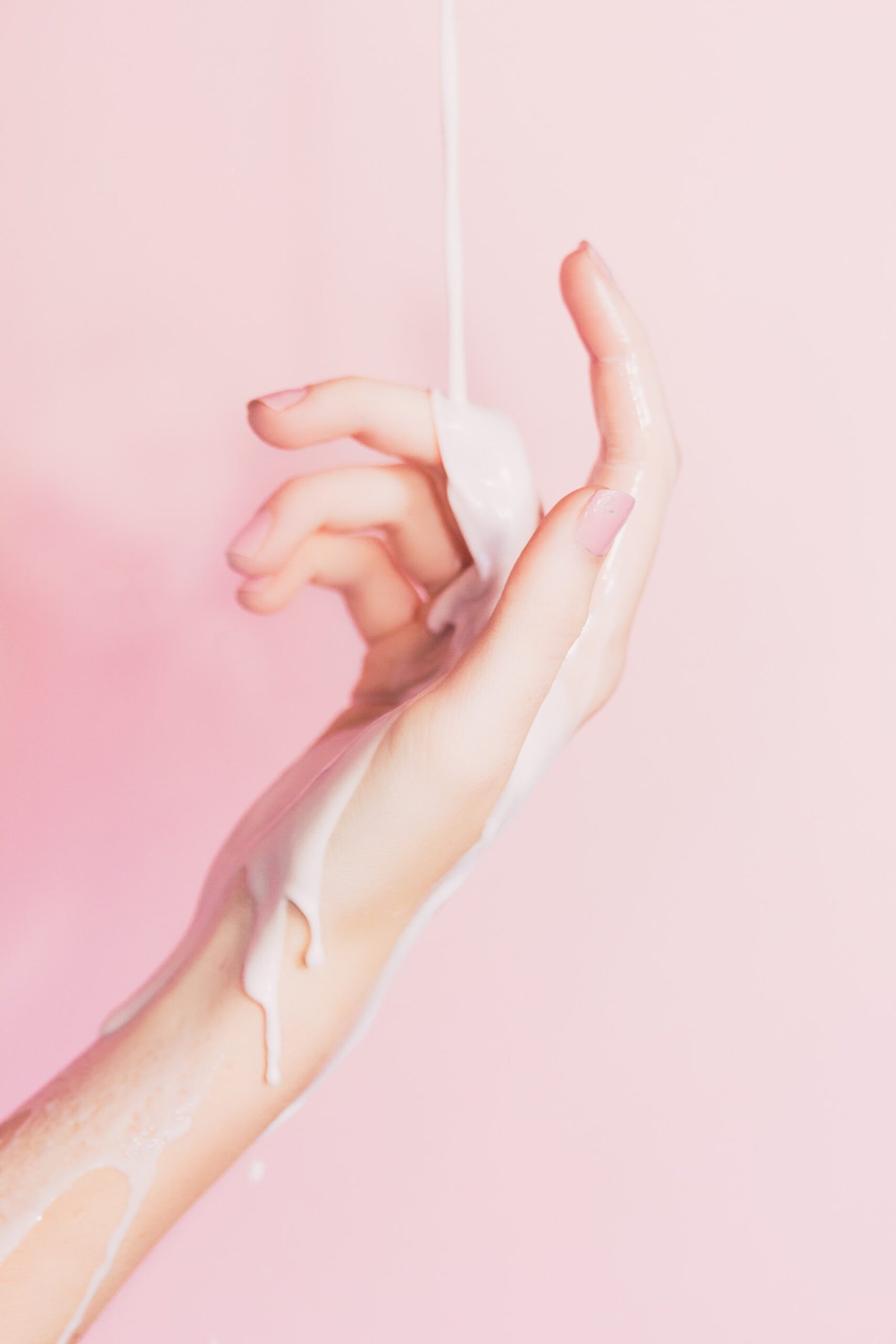Interior Design Pitfalls to Avoid for a Sophisticated Home
Interior design can elevate a living space, but certain common pitfalls can detract from a home’s elegance. Experts are advising against specific décor choices that can make interiors appear cluttered or unsophisticated. By avoiding these design missteps and following expert advice, homeowners can create spaces that exude luxury and taste.
Overdone Design Schemes: The Danger of Excess
One of the key mistakes in interior design is overdoing a particular design scheme. Whether it’s too many themed decorations or an abundance of matching items, excessive uniformity can make a home feel staged rather than lived-in. Designers suggest that balance is essential. Mixing different elements, textures, and styles can create a more personalized and inviting space. The key is to maintain cohesion without becoming overly rigid in design choices.
Poor Lighting Choices: Dimming the Home’s Potential
Lighting is one of the most crucial aspects of home décor, yet it’s often overlooked or poorly executed. A home with insufficient or harsh lighting can feel unwelcoming and flat. Experts recommend layering light sources—such as ambient, task, and accent lighting—to create warmth and depth. Using dimmable lights and strategically placed lamps can help to highlight architectural features and set the right mood. Natural light should also be maximized wherever possible, as it can significantly enhance the overall ambiance of a room.
The Use of Fake Plants: Missing the Mark on Natural Elements
While artificial plants might seem like a low-maintenance option, they can detract from the authenticity and vibrancy of a home. Fake plants often lack the texture and dynamic appearance that real greenery brings, leading to an aesthetic that can feel lifeless and uninspired. Interior designers suggest opting for live plants, even if they are easy-to-maintain varieties like succulents or snake plants. Real plants contribute to a room’s aesthetics while also improving air quality and providing a touch of nature.
Overcrowded Spaces: Knowing When to Scale Back
Another design pitfall is overcrowding a space with furniture and accessories. While it can be tempting to fill a room with beautiful items, doing so can make the space feel cluttered and overwhelming. Interior designers advocate for the principle of “less is more,” focusing on a few statement pieces that allow the room to breathe. Negative space is an essential component of sophisticated design, providing a sense of openness and balance.
Cheap Décor and Materials: A False Economy
Relying on cheap décor and low-quality materials can undermine the overall look of a home. While budget constraints are a reality for many, investing in a few high-quality items can make a significant difference. Interior designers recommend focusing on key areas such as furniture and textiles, where quality is immediately noticeable. A mix of well-chosen investment pieces and cost-effective accents can elevate the space without breaking the bank.
The Importance of Luxurious Accents
Rather than going overboard with decoration, designers suggest incorporating luxurious accents sparingly to create a refined look. Items such as velvet throw pillows, a statement chandelier, or a high-quality area rug can add a touch of elegance without overwhelming the space. These elements act as focal points that draw attention and contribute to the sophistication of the room.
Ignoring Personal Style: The Home Should Reflect You
A common mistake is creating a space that looks like it was lifted from a magazine without incorporating personal touches. While professional design inspirations are helpful, the most inviting homes reflect the personality and lifestyle of the people who live in them. Including personal art, family heirlooms, or unique finds can infuse warmth and character into the design, making the space feel uniquely yours.
The Role of Cohesion and Flow
Finally, one of the most important aspects of interior design is ensuring that there is cohesion and flow throughout the home. Each room should feel connected to the others, creating a seamless transition between spaces. This does not mean every room needs to be identical, but there should be unifying elements, such as color palettes or design motifs, that tie the rooms together. Interior designers stress the importance of a well-thought-out design plan that considers the home as a whole, rather than focusing on isolated spaces.
Conclusion: Elevating Home Design
Avoiding these common interior design pitfalls can transform a home from ordinary to sophisticated. By steering clear of overdone schemes, choosing the right lighting, incorporating live plants, and investing in quality accents, homeowners can achieve a more refined and welcoming environment. Embracing a mix of personal style, negative space, and cohesive design helps create a home that is both elegant and uniquely expressive.










